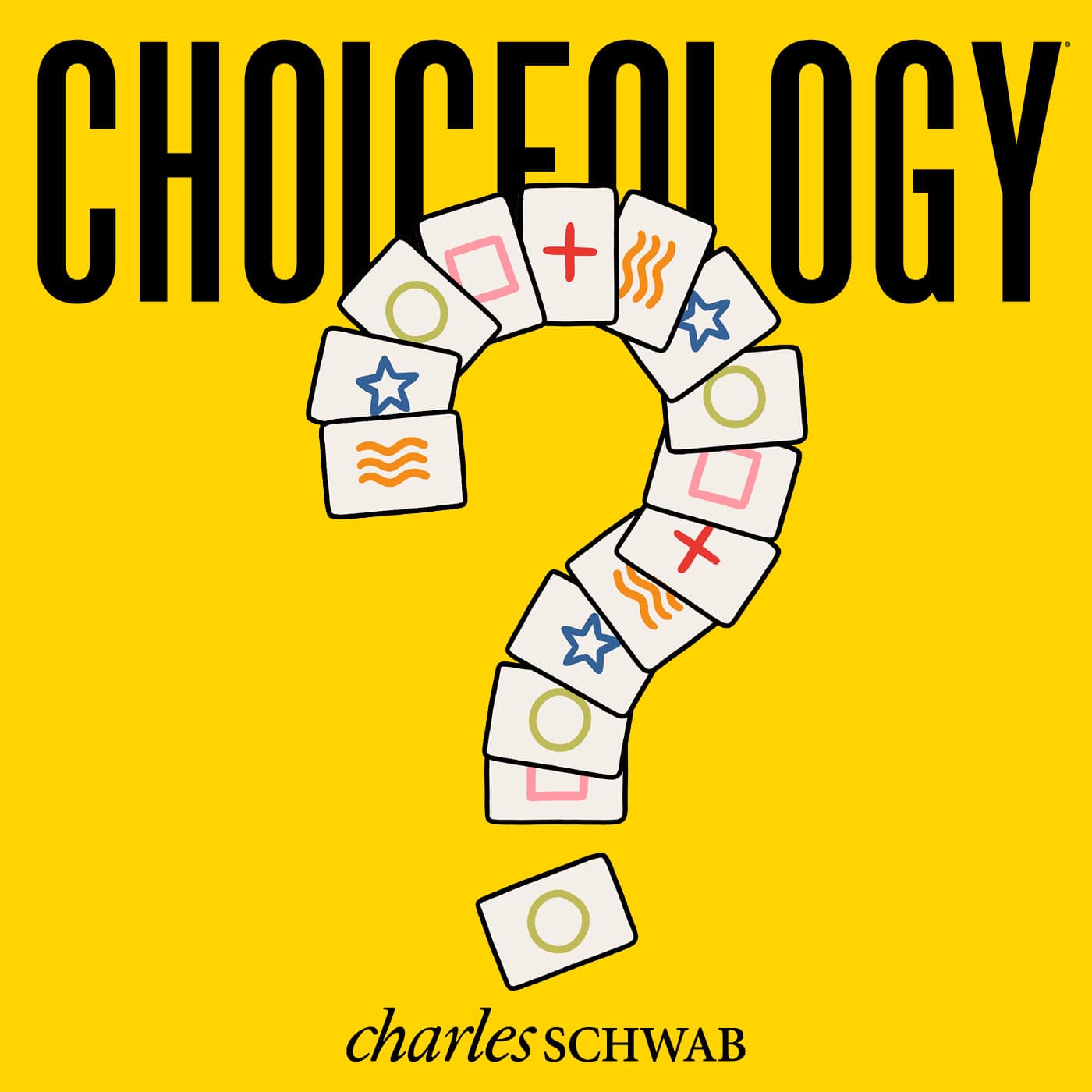Invisible Failures: With Guests Emily Oster, Sendhil Mullainathan & Linda Rodriguez McRobbie
If you've toured through any old world cities, you've probably marveled at ancient buildings that have stood the test of time. You might think to yourself, "They sure made things to last back in those days." And while the Notre Dame Cathedral or the Parthenon or the Tower of London may seem like proof of the superior workmanship of a bygone era, what you don't see are all the other buildings erected during the same period that have since crumbled or been torn down.
In this episode of Choiceology with Katy Milkman, we look at a bias that often clouds the way we evaluate success and failure.
- We begin with the scientific awakening of Joseph Banks Rhine in the 1920s, during the peak of the spiritualist movement. Rhine was trained in science and wanted to apply the scientific method to his research into paranormal phenomena. Science taught him to be skeptical, so when Rhine's research results seemed to demonstrate the existence of extra-sensory perception, or ESP, he believed he had found proof of a new aspect of human nature. The findings led to academic accolades and substantial financial support, until others tried to replicate his results.
- Next, we present a survey on musical acts and college drop-outs to demonstrate how easy it is to discount important information—when that information is not readily apparent.
To look at the science behind this bias, Katy has enlisted two scholars to help explain it in different contexts.
- First, Sendhil Mullainathan provides useful examples of the bias in the world of investing and hiring. Sendhil is the Roman Family University Professor of Computation and Behavioral Science at the University of Chicago Booth School of Business. He's also the co-author of the book Scarcity: Why Having Too Little Means So Much.
- Then, Emily Oster talks about the ways that doctors and parents sometimes unintentionally ignore important information when attempting to solve problems. Emily is a professor of economics at Brown University. Her most recent book is called Cribsheet: A Data-Driven Guide to Better, More Relaxed Parenting From Birth to Preschool.
If you enjoy the show, please leave a rating or review on Apple Podcasts.
Learn more about behavioral finance.
Explore more topics
All expressions of opinion are subject to change without notice in reaction to shifting market conditions.
The comments, views, and opinions expressed in the presentation are those of the speakers and do not necessarily represent the views of Charles Schwab.
Data contained herein from third-party providers is obtained from what are considered reliable sources. However, its accuracy, completeness or reliability cannot be guaranteed.
The Schwab Center for Financial Research is a division of Charles Schwab & Co., Inc.
Apple Podcasts and the Apple logo are trademarks of Apple Inc., registered in the U.S. and other countries.
Google Podcasts and the Google Podcasts logo are trademarks of Google LLC.
Spotify and the Spotify logo are registered trademarks of Spotify AB.



